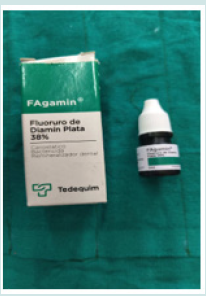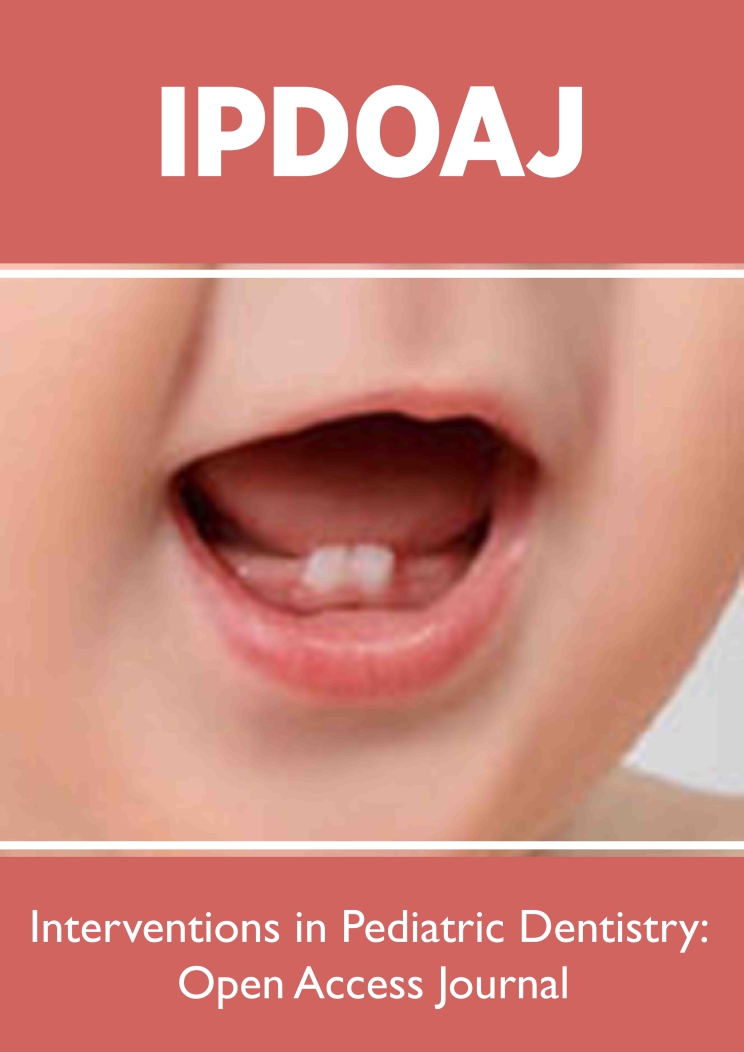
Lupine Publishers Group
Lupine Publishers
Menu
ISSN: 2637-6636
Review Article(ISSN: 2637-6636) 
Silver Diamine Fluoride, a Wonder Solution for Treating Dental Caries: A Systemic Review Volume 8 - Issue 3
Vishakha Sharma1, Jyoti Vandana1, Pankaj Kumar Singh1, Vikrant Vaishanava1, Sonu Kumar1, SK Abdul Matin2 and Nilotpol Kashyap3*
- 1Intern, Vananchal dental college and hospital, Garhwa.
- 2Final year, Vananchal dental college and hospital, Garhwa.
- 3Professor, Department of Pediatric Dentistry, Vananchal Dental College and Hospital, Garhwa, India
Received: March 01, 2022; Published: March 21, 2022
*Corresponding author: Nilotpol Kashyap, Professor, Department of Pediatric Dentistry, Vananchal Dental College and Hospital, Garhwa, India
DOI: 10.32474/IPDOAJ.2022.08.000288
Abstract
Dental caries is a multifactorial disease causing demineralization of dental hard tissue and dissolution of soft tissue affecting most of the adult and child population of the world. Prevention of dental caries can be done by reducing the consumption of fermentable carbohydrates and use of chemical like fluoride. Silver Diamine Fluoride when used topically has been found to arrest dental caries as well as reduce hypersensitivity in teeth. SDF has been found to effectively control active caries due to its silver ions and fluoride making it a wonder solution in prevention of dental caries.
Keywords: Silver Diamine Fluoride; Dental Caries; Dentine; Hypersensitivity
Introduction
Dental caries is a dynamic, multifactorial, non-communicable and biofilm mediated disease, It has direct effect on dietary and oral hygiene habits. Imbalance between biological and behavioral factors can cause carious lesions to develop. Treatment of caries in children less in underdeveloped countries and in children under 6 years of age in limited to developed countries. The peak of the disease is high among very young children aged 14 year old. Dental caries is a localized chemical dissolution of dental hard tissue that is caused by acidic byproduct of the metabolic processes of the biofilm covering an affected tooth surface. Dental caries is a preventable disease that can be control by minimum consumption of fermentable carbohydrates. It can also be prevented by the use of fluoride. Nowadays, a noninvasive agent has been given renewed interest i.e. silver diamine fluoride. SDF is efficient, affordable and effective cariostatic agent. SDF is a colorless alkaline solution containing silver and fluoride in a complex with ammonia [1].
History of SDF
First mention of the medical usage of silver dates to 1000BC or earlier. Stebbins hypothesized that caries decrease was due to antibacterial action of silver and buildup of a black crust, producing a sclerotic protective layer of secondary dentin. During the 1970s AgF was introduced in Western Australia as a part of minimal intervention for school dental services. Silver diamine fluoride was studied first by Nishino as a part of a PHD. thesis at Osaka university in Japan in 1969. Later “diamine silver fluoride” was approved by the Central Pharmaceutical Council of the Ministry of Health and Welfare of Japan as a cariostatic agent and marketed as Saforide { Toyo Seiyaku Kasei Co. Ltd Osaka, Japan}. They described its effects for prevention and arrest of dental caries in children, prevention of secondary caries after restoration and desensitization of hypersensitive dentin [2]. Arresting dental caries in deciduous and permanent teeth is not unfamiliar in dentistry. The very first experiment using SDF studies in rat caries model where the incident of new lesion after preventive application was investigated. In this experiment, SDF prevented 62% of carious lesion in the molar of treated rats compared to littermate control. Severity of lesion were diagnosed as well;30% of teeth in the control group developed deep lesions, while none of the group teeth in the SDF group had any.
Development of SDF in Dentistry
SDF is a colorless solution containing fluoride ions. It is used in dentistry to promote remineralization of teeth. AgF was used in dentistry as early as 1970s.An indistinguishable compound, SDF has been accepted as therapeutic agent by the Central Pharmaceutical Council of the Ministry of Health and Welfare in Japan for dental treatment since the 1960s [3]. A solution of 38% SDF was also used in China to arrest caries. Community projects using SDF to arrest caries were planned for Cuba, SubSaharan Africa and in several African countries. In 2014 the United States approved SDF for sale as a product to reduce dentinal hypersensitivity. Health Canada approved it as an anti caries product. The US Food and Drugs Administration also identified SDF as a therapy in caries prevention. In the year 2017, the American Academy of Pediatric Dentistry published a guideline for the “Use of silver diamine fluoride for dental caries management in children and adolescents, including those with special healthcare needs in children and adolescents”. Studies are currently underway that may result in the change of its labelling in the near future.
Composition
SDF is a colourless solution with alkaline pH{810}. It contains [2] (Figure 1).
a. Silver {antibacterial} 255000 ppm
b. Fluoride{remineralisation} 44800 ppm.
c. Ammonia [stabilizer].
Mechanism of action
SDF is used to arrest dental caries and prevent dentin hypersensitivity. Topical application of SDF in case of dentin hypersensitivity results in the formation of a squamous layer in the expose dentin resulting in the plugging of the dentinal tubules. Regarding of treatment of dental caries, SDF forms a squamous layers of silverprotein conjugate on the decayed surface. These silver protein conjugate increases the resistance to acid dissolution and enzymatic digestion. On the exposed surface, hydroxyapatite and fluoroapatite along with silver chloride and metallic silver is deposited. The treated lesion thus increases in mineral density and decreases in lesion depth. The silver ions present in SDF are bactericidal. When bacteria killed by silver ions are added to living bacteria, the silver ions are activated so that the dead bacteria kill the living bacteria in the lesion through a “zombie effect “.This reservoir effect helps to explain why silver particles deposited in bacteria and dentin has sustained anti-microbial effect [4].
Indications
a) Patient with highrisk caries [5]
b) To prevent pit and fissure caries [5].
c) Management of dental hypersensitivity [4].
d) To arrest secondary caries [4].
e) Root caries arrest in adult [2].
f) Control caries lesion prevention [2].
g) SDF can access area which are not approachable by traditional ways such as partially erupted third molar, furcation and under around existing restoration [2].
h) As part of the silver modified atraumatic restoration technique [SMART] [2].
i) SDF is an excellent desensitizer often it reduces or eliminates need for local treatment [2].
Contraindications
a. Silver allergy [1].
b. Any oral ulcers [4].
c. Caries with pulpal involvement [5].
d. If patient complains due to colour change [5].
Advantages
a) SDF is effective in preventing caries progression [5].
b) Low cost [5].
c) Procedures are simple [6].
d) Does not require expensive instrument [4].
e) Arrest 80% of treated lesion [1].
f) Minimally invasive and painless [6].
Disadvantages
a) Causes black discolouration [5].
b) Gingival and mucosal irritation [5].
c) Aesthetics is a concern among parents and children [4].
d) SDF can stain skin and cloth [2].
e) SDF has a metallic taste which is not pleasant [2].
Nonmedical side effect and safety and toxicity
At the time of application, SDF should be restricted to the carious lesion treated. Expected side effect are darkening of treated lesion and bitter metallic taste. If SDF comes in contact with soft tissue, there is brownish stating on the skin and white or greyish staining in the oral tissues which disappears after a few days [7].
Technique
According to AAPD guidelines 2017 [8].
a. Cover the counter with plastic and drape the patient with plastic bib.
b. Standard personal protective equipment to be wont by both patient and provider.
c. Dispense one drop {25 uL/10 kg per treatment visit}] of SDF in a dappen dish.
d. Isolate and dry the affected teeth.
e. Minimize contact with gingiva and mucosa to prevent pigmentation or irritation.
f. Apply petroleum jelly on gingiva.
g. Bend micro sponge brush, dip and dab on the side of the dappen dish to remove excess liquid before application and then apply SDF directly to only the affected tooth surface.
h. Dry with a gentle flow of compressed air for at least one mint.
i. Remove excess SDF with gauze, cotton roll or cotton pellet to minimize systemic absorption.
Post operative instructions.
Several studies on SDF recommends 30 minutes to 1 hour restriction on consumption of food after application. Follow up is advised at 24 weeks after the initial treatment. Reapplication and additional SDF application at recall appointments are needed [9].
Follow-up
a) Follow-up at 24 weeks after initial treatment to check the arrest of the lesions treated [10].
b) Reapplication of SDF may be indicated if the treated lesion does not appear arrested [10].
c) Carries lesions can be restored after treatment with SDF [10].
d) When lesions are not restored after SDF therapy, biannual reapplication shows increased caries arrest rate versus single applications [10].
Conclusion
SDF is an effective and noninvasive treatment for the management of dental caries in children. Due to its simplicity and safety, it can be used individually or at a collective level for the management of dental caries. It can be an effective mode of caries management in individuals who cannot endure conventional modalities of restorative treatment, individuals who cannot access dental care facilities and those with special health care needs. Based on all these evidence, many authors recommend annual application of SDF to high risk surfaces in high caries risk patients. SDF fulfils the goals of the WHO Millennium Development Goals for Health and can help in the minimization of the inequities in oral health around the world as well as provide friendly treatment approach in the daily pediatric dentistry practice.
References
- Chibinski AC (2020) The Use of Silver Diamine Fluoride in Pediatric Dentistry. Dental Caries.
- Nuvvula S, Mallineni SK (2019) Silver Diamine Fluoride in Pediatric Dentistry. J South Asian Assoc Pediatr Dent 2(2): 73-80
- Shah S, Bhaskar V, Venkatraghavan K, Choudhary P, Trivedi K (2014) Silver diamine fluoride: a review and current applications. Journal of Advanced Oral Research 5(1): 2535.
- Zhao IS, Gao SS (2018) Mechanisms of silver diamine fluoride on arresting caries: a literature review. International Dental Journal 68: 67-76.
- Monse (2012) Caries preventive efficacy of silver diammine fluoride (SDF) and ART sealants in a schoolbased daily fluoride toothbrushing program in the Philippines. BMC Oral Health 12: 52.
- Chu CH, Lo EC (2008) Promoting caries arrest in children with silver diamine fluoride: a review. Oral health & preventive dentistry 6(4): 315-321.
- Rosenblatt A, Stamford TC, Niederman R (2009) Silver diamine fluoride: a caries “silverfluoride bullet”. Journal of dental research. 88(2): 116125.
- AAPD Guidelines (2018) Policy on the Use of Silver Diamine Fluoride for Pediatric Dental Patients.
- Chibinski AC, Wambier LM, Feltrin J (2017) Silver diamine fluoride has efficacy in controlling caries progression in primary teeth: a systematic review and meta-analysis. Caries Res 51(5): 527-541.
- Hiraishi N, Yui CK, King NM, Tagami J, Tay FR (2010) Antimicrobial efficacy of 3.8% silver diamine fluoride and its effect on root dentin. J Endod 36: 1026-1029.
Editorial Manager:
Email:
pediatricdentistry@lupinepublishers.com

Top Editors
-

Mark E Smith
Bio chemistry
University of Texas Medical Branch, USA -
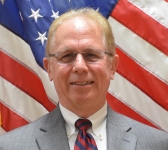
Lawrence A Presley
Department of Criminal Justice
Liberty University, USA -

Thomas W Miller
Department of Psychiatry
University of Kentucky, USA -
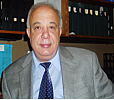
Gjumrakch Aliev
Department of Medicine
Gally International Biomedical Research & Consulting LLC, USA -

Christopher Bryant
Department of Urbanisation and Agricultural
Montreal university, USA -

Robert William Frare
Oral & Maxillofacial Pathology
New York University, USA -
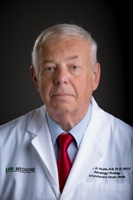
Rudolph Modesto Navari
Gastroenterology and Hepatology
University of Alabama, UK -
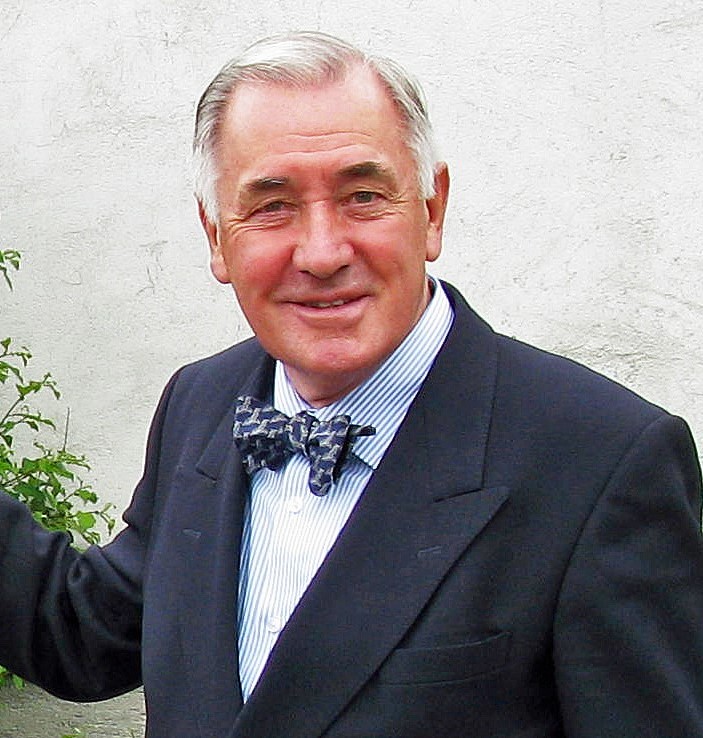
Andrew Hague
Department of Medicine
Universities of Bradford, UK -

George Gregory Buttigieg
Maltese College of Obstetrics and Gynaecology, Europe -
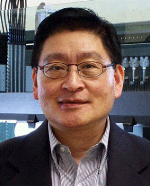
Chen-Hsiung Yeh
Oncology
Circulogene Theranostics, England -
.png)
Emilio Bucio-Carrillo
Radiation Chemistry
National University of Mexico, USA -
.jpg)
Casey J Grenier
Analytical Chemistry
Wentworth Institute of Technology, USA -
Hany Atalah
Minimally Invasive Surgery
Mercer University school of Medicine, USA -

Abu-Hussein Muhamad
Pediatric Dentistry
University of Athens , Greece

The annual scholar awards from Lupine Publishers honor a selected number Read More...




